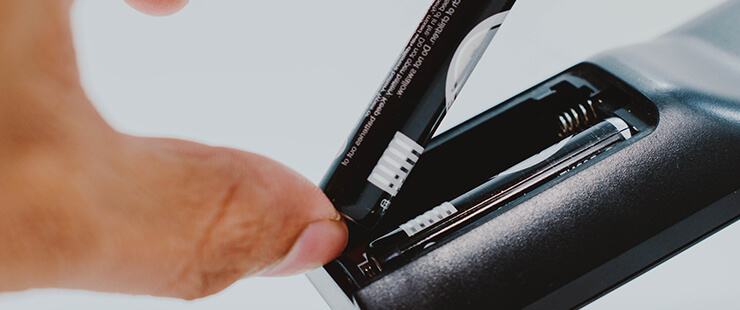Get unique, complex parts easily. No matter your requirements, Chaoyi Spring creates hard-to-produce coil springs and wire forms.
Let us help you create the custom wire form you need, from S-hooks and J-hooks to utility hooks and more.
We work closely with customers across a wide range of industries, helping them design and manufacture made-to-order parts.
Why choose Chaoyi Spring? We prioritize customer-focused collaboration, modern equipment and the latest technology to make your parts per print.
Find the information and guidance you need, from measuring a spring to learning about materials, placing an order and much more.
Tension springs, those seemingly simple coils of metal, are often overlooked, yet they play a vital role in countless everyday objects and systems. From the humble clothesline to complex industrial


Tension springs, those seemingly simple coils of metal, are often overlooked, yet they play a vital role in countless everyday objects and systems. From the humble clothesline to complex industrial machinery, these springs are essential for maintaining tension, providing a return force, and ensuring smooth operation. Let's delve into the world of tension springs, exploring their unique characteristics, diverse applications, and the fascinating science that makes them work.

Imagine a spring that stretches when you pull on it, storing energy like a coiled-up rubber band. That's essentially what a tension spring is. It's a coiled wire designed to exert a force when stretched, returning to its original length when the force is released. Tension springs, unlike their compression counterparts, don't get shorter under load; they extend. They are typically made from spring steel, though other materials like phosphor bronze or titanium are used for specific applications.
Tension springs might appear simple, but their impact is profound. They are the invisible forces that keep things in place, retract mechanisms, and provide a smooth, reliable return action. They are the workhorses behind countless devices we use every day, from simple gadgets to intricate machinery.
The magic of tension springs lies in their coiled design. When stretched, the spring stores potential energy, similar to a stretched rubber band. This stored energy is then released as force when the spring contracts back to its original length. The force a tension spring exerts is directly proportional to the amount it's stretched – this is a fundamental principle of spring mechanics.
Tension springs are defined by several key characteristics that determine their performance and suitability for various applications:
Tension springs come in a variety of designs to suit diverse applications. Common types include:
The versatility of tension springs makes them ubiquitous in our world. Here are some common applications:
Choosing the right tension spring for a particular application is crucial. Factors to consider include:
Tension springs, though often unseen, are essential for maintaining tension, providing return force, and ensuring smooth operation in countless applications. They are a testament to the power of simple, elegant designs to solve complex problems. Whether you're using a clothesline or operating a complex machine, understanding the role of tension springs can help you appreciate their crucial contribution to our modern world.
Next time you encounter a spring, take a moment to consider the unseen forces at work. It might be a simple tension spring, but it's playing a vital role in ensuring that things function as expected, bringing order and efficiency to our daily lives.
Browse some of the custom wire forms and springs that we manufacture. Don’t see what you need? We specialize in made-to-order products that meet your application requirements.
Visit Our GalleryNeed a custom wire form or coil spring? We make it work. Fill out the contact form and a representative will respond within 1 business day. If you have a PDF or CAD file, you can submit to request a quote.